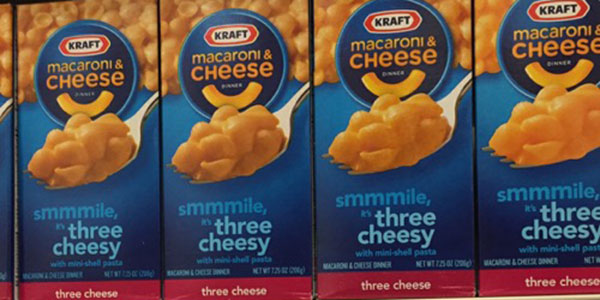Consumers are voicing their concerns and voting with their wallets. Big Food is listening. And major brands want consumers to know they are making changes. No more artificial flavors and dyes. Fewer preservatives. Better ingredients. If this trend continues, day-glow orange “food” will soon be a distant memory.
On one hand, it’s impossible not to applaud their efforts. Better late than never, right? But on the other, you have to wonder if these well-publicized improvements represent a change in thinking or just a marketing initiative to regain lost wallet share. Senior Editor Joseph Erbentraut’s interview with retired food exec John Ruff points to the latter in his Huffpost Business article entitled “Why The Food Brands You Grew Up With Will Never Be The Same.”
As a 36-year veteran of the packaged food industry, and a former president of the non-profit Institute of Food Technologies, Ruff has seen his share of dietary trends. Sugar-free. Fat-free. Low Sodium. He acknowledges that the push for healthier, more natural foods is “more than a passing fad,” but points to vocal consumers on social media platforms as the reason why. “The industry has lost control of the discussion,” he states in Erbentraut’s article.
As an example, he offers up the campaign against Subway’s use of azodicarbonamide in its bread, which was catalyzed by a popular food blogger. He views the chain’s decision to discontinue use of the chemical as caving to ultimately misinformed consumers. The ingredient is FDA approved and has been used for years in hundreds of products.
Perhaps the most telling comments in the Huffpost article surrounded innovation. Ruff believes the industry has pandered to whatever consumers think is healthy. He believes products under development are “sucking-up limited funding” and are “often not as genuinely healthy as consumers believe they are.” Ruff goes on to express doubts that the companies he worked for will be around in 10 to 15 years.
It’s plausible. History shows us that innovation often renders products, businesses and entire industries obsolete. In the case of food, the innovation taking place surrounds questioning the decisions we’ve made over the past 50+ years in pursuit of lower costs, easier preparation, longer shelf lives, and stronger flavors. The consequences point to the fact that it’s time to get back to basics: freshly prepared whole foods.

